Content
When growing garlic, gardeners are faced with various problems: either it does not grow, or for no apparent reason the feathers begin to turn yellow. Having pulled the garlic out of the ground, you can see small worms or rot on the bottom. How to deal with such problems, what means to get rid of the misfortune.
Very often, vegetable growers do not want to resort to special fertilizers and want to grow environmentally friendly products. Experienced farmers have been using pharmaceutical products in their gardens for a long time. Feeding garlic with ammonia is one of the options for saving plants and the possibility of obtaining large heads with many cloves. The article will discuss the role of ammonia as a fertilizer and a life-saving remedy against pests.
What you need to know about ammonia
Ammonia is a gas that cannot be seen, but can be easily identified by its smell. Ammonia, ammonia are names of the same chemical preparation containing ammonia. Medicines are sold in pharmacies without a prescription. The main use is to bring a person to his senses when he faints.
Can you tell what garlic and vegetable garden have to do with it? After all, plants do not need to be brought out of a fainting state. Yes, this is true, but plants need ammonia like air. Ammonia is an excellent nitrogen-containing fertilizer.The substance contains a large amount of nitrogen, it is necessary for the formation of chlorophyll in the green mass of plants. Despite the fact that this element is present in large quantities in the air, plants cannot absorb it; they need the nitrogen contained in the soil.
The role of nitrogen for plants
Agronomists call nitrogen the bread of plants. When using nitrogen-containing fertilizers, nitrates accumulate in plants. As for fertilizing with ammonia, there are many positive aspects:
- First of all, plants do not have ammonia depots, so they cannot accumulate nitrogen obtained from ammonia.
- Secondly, using ammonia is much more economical. Today fertilizers are very expensive.
- Thirdly, the nitrogen received by plants when feeding activates the growth of the green mass of garlic, it becomes rich, bright green.
- Fourthly, there is no risk of overfeeding garlic with ammonia.
You should not wait until the feathers begin to turn pale and yellow, that is, to signal that the garlic lacks nitrogen. Timely feeding of the plant will help avoid troubles. In addition, once in the soil, ammonia improves the structure of the soil and normalizes its acidity.
Planting and care
Garlic, like any cultivated plant, needs feeding. In order for the plant to develop normally, you need to start feeding it from the moment of planting. There are a number of fertilizers that are commonly used to feed garlic during vegetative development. They should not be neglected.
After the bed has been prepared, it must be watered with a solution of ammonia to enrich the soil with easily digestible nitrogen.To do this, prepare a composition of 10 liters of water and 50 ml of ammonia. The planted cloves will not only receive additional nutrition, but also protection from pests.
When the first two feather-like leaves appear, another feeding is carried out. Add two tablespoons of ammonia to a ten-liter bucket of cold water. This will be foliar feeding.
The following fertilizing can be done every 10 days with a less concentrated solution. Even if the plant does not give a signal, prevention never hurts. After watering and fertilizing, the soil in the garlic bed needs to be loosened.
When else does garlic need ammonia?
How do you know that garlic needs to be fed with ammonia? The plant itself will “tell” about it.
The tips of the feathers, regardless of the fact that the plants are constantly watered, become yellow and the greenery fades. This is the very first distress signal. The plant needs urgent help. This can be achieved by foliar feeding of garlic. To do this, prepare a solution in a ten-liter watering can with the addition of 60 ml of ammonia. It is advisable to spray garlic in the evening, after watering the ground with clean water.
Pests may be the cause of yellowing of garlic feathers. So, ammonia not only replenishes the lack of nitrogen, but is also able to repel harmful insects with its specific smell:
- onion fly and carrot fly. She also lays eggs in garlic;
- aphids, capable of sucking juice from green mass;
- wireworm, eating passages in the tender pulp of the cloves;
- secretive proboscis or weevil, it can destroy the green feathers of garlic by eating the passages in it.
Timely root and foliar feeding with ammonia will rid garlic of these pests. To do this, prepare a weak ammonia solution - 25 ml per 10 liters of water. To prevent the solution from immediately flowing onto the ground, dissolve laundry soap.
How to properly prepare a soap solution:
- The soap is ground using a grater and poured into hot water.
- When the soap solution has cooled a little, pour it little by little into water, stirring constantly. Stir until the gray flakes disappear. Rainbow bubbles should form on the surface of the water.
- After this, ammonia is poured in.
Garlic should be watered and simultaneously fed with ammonia once a week or every 10 days throughout the growing season. Only in this case can the harvest be saved.
Ammonia for garlic and onions:
Security measures
Ammonia does not accumulate in the heads of garlic, that is, the grown products are safe for humans. But when working with it you need to be careful and follow safety rules.
Let's look at this issue in more detail:
- If a gardener has hypertension, then he is prohibited from working with ammonia. Acrid fumes can cause it to rise sharply.
- Nothing should be added to the ammonia solution.
- Root or foliar feeding of garlic with ammonia should be carried out in calm weather.
- If ammonia gets on your skin or eyes when preparing the solution, you should quickly rinse with plenty of clean water. If the burning does not stop, you should seek help from a doctor.
- When fertilizing garlic with ammonia, you must use gloves and a mask.
To store ammonia, you need to choose a place where children and animals cannot reach. The fact is that a sharp inhalation of ammonia can cause a reflex cessation of breathing. If, through negligence, ammonia gets into the mouth, it causes a severe burn.
Let's sum it up
So, the proper use of ammonia on a personal plot or dacha helps solve a dual problem: it is used as a universal fertilizer to obtain a rich harvest, and protects plantings from harmful insects.
The reason gardeners love ammonia is that it is harmless to plants and humans. After all, nitrogen does not accumulate in garlic, onions, or other fruits after feeding with ammonia. The same cannot be said about many nitrogenous fertilizers.
Experienced vegetable growers can determine by the condition of the plant whether the garlic needs further feeding. This is not always possible for beginners. Overfeeding with nitrogen can cause growth retardation. Therefore, we recommend feeding garlic no more than once every 10 days with a not too concentrated solution.
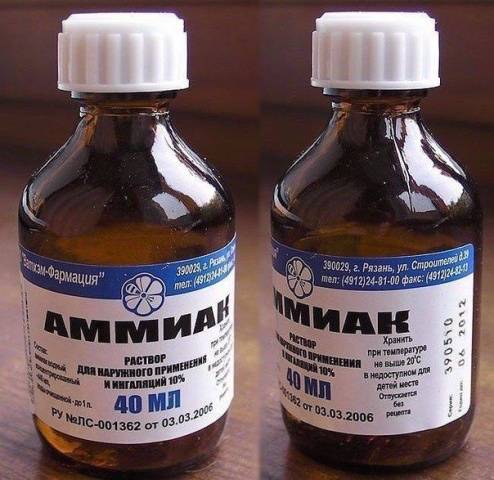
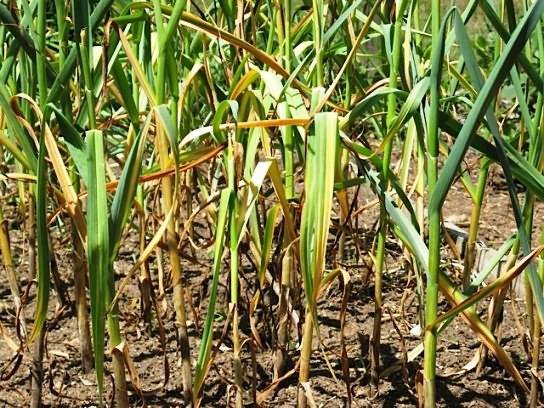
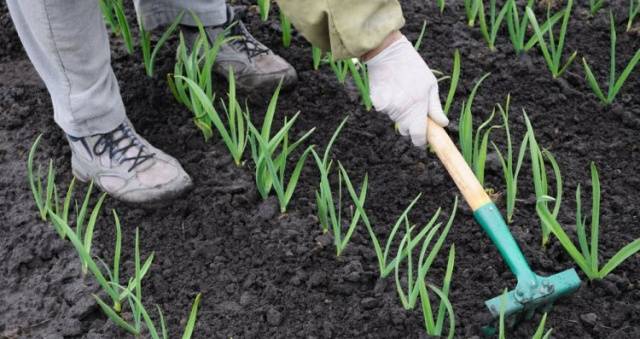
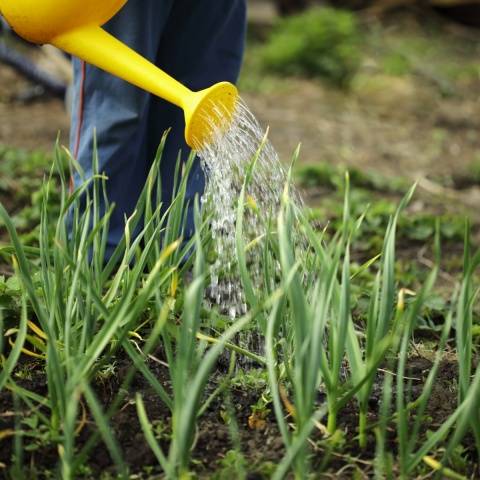
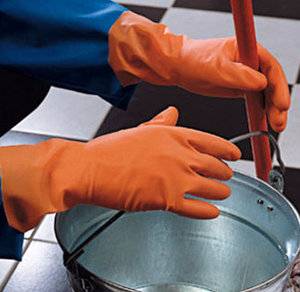
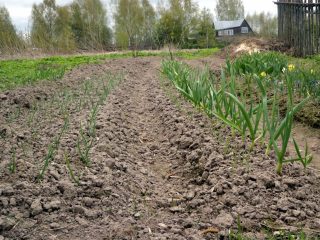
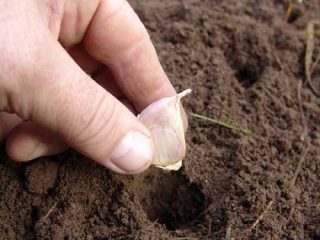
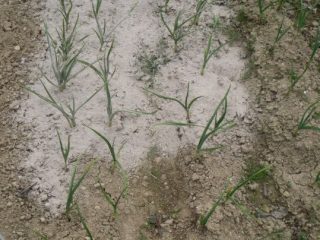
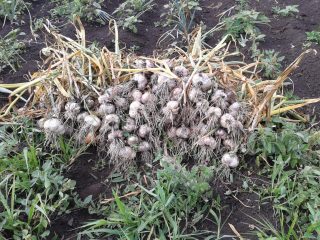
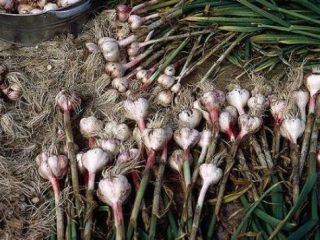
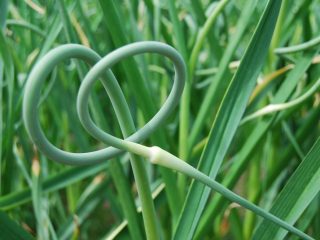
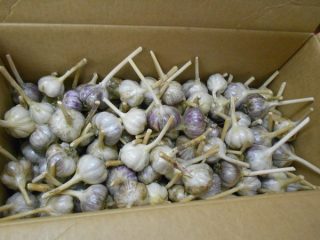
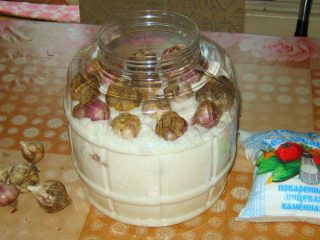
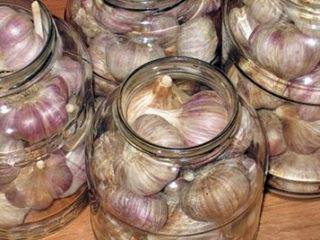
How is ammonia different from ammonium nitrate? we have always used ammonium nitrate...and not just for garlic
Good afternoon, Nadezhda! Without going into the chemical component of each substance, the difference between ammonia and ammonium nitrate is as follows. Ammonia is an aqueous solution of ammonium hydroxide. Any aqueous solutions penetrate the soil more easily and are more quickly absorbed by plants (after all, we are talking specifically about the purpose of fertilizing). That is why the article describes the use of ammonia for the purpose of fertilizer and prevention against insects.
Ammonium nitrate (ammonium nitrate) is a salt of nitric acid - a chemical compound. Yes, it also contains ammonia and nitrogen, but... Any chemical compound is absorbed by plants much longer. Moreover, it is still chemistry. Every gardener knows what nitrates are and how they can harm the body. It is ammonium nitrate that, when fed excessively, can cause the accumulation of large amounts of nitrates in vegetables. Therefore, saltpeter must be used strictly in the indicated doses.